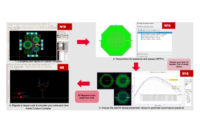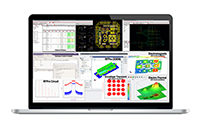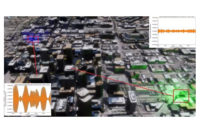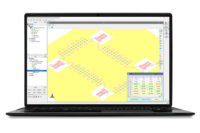Software EDA Channel - Press Releases, Events, and Announcements for the EDA Sector
Software/EDA related topics
ARTICLES
RF Design Migration Flow
Keysight, Synopsys and Ansys Deliver RF Design Migration Flow to TSMC’s N6RF+ Process Node
Read More


















